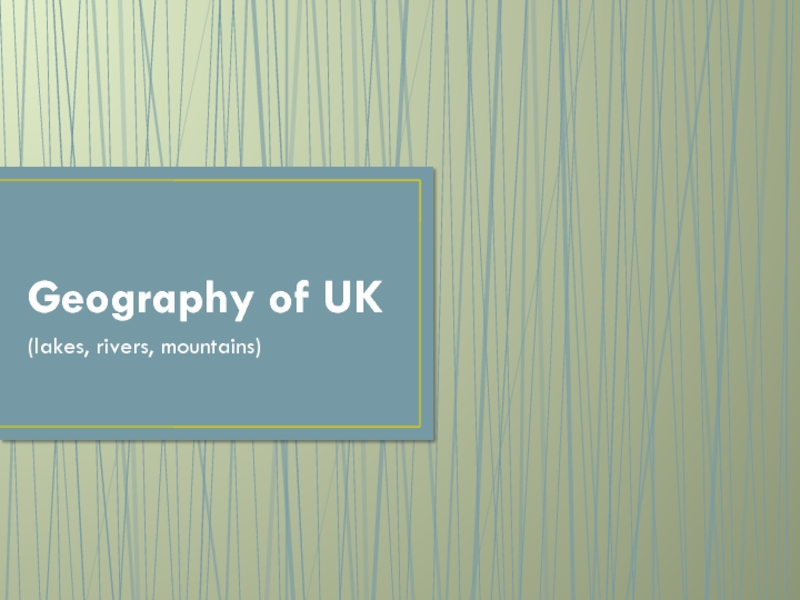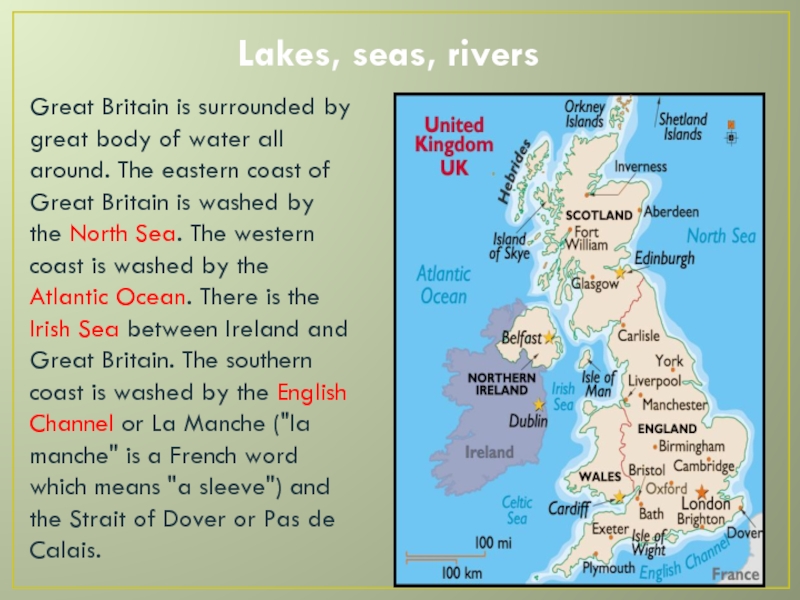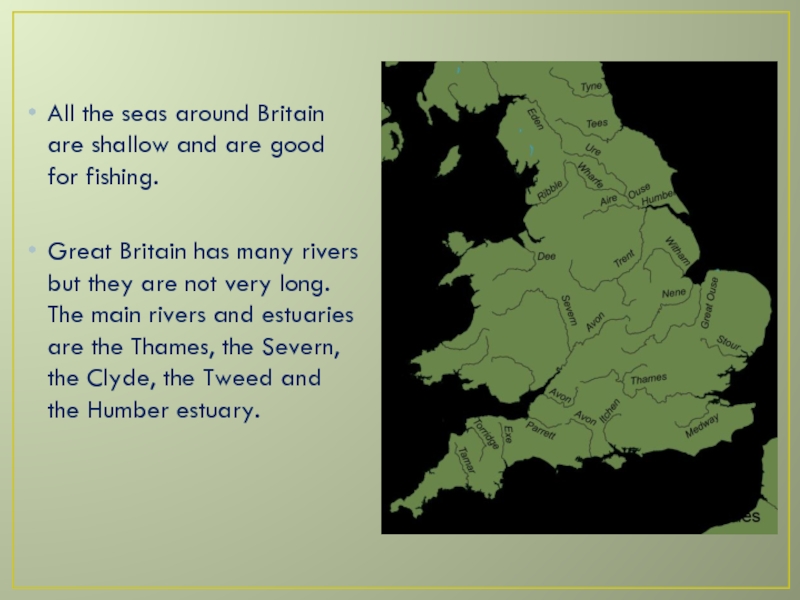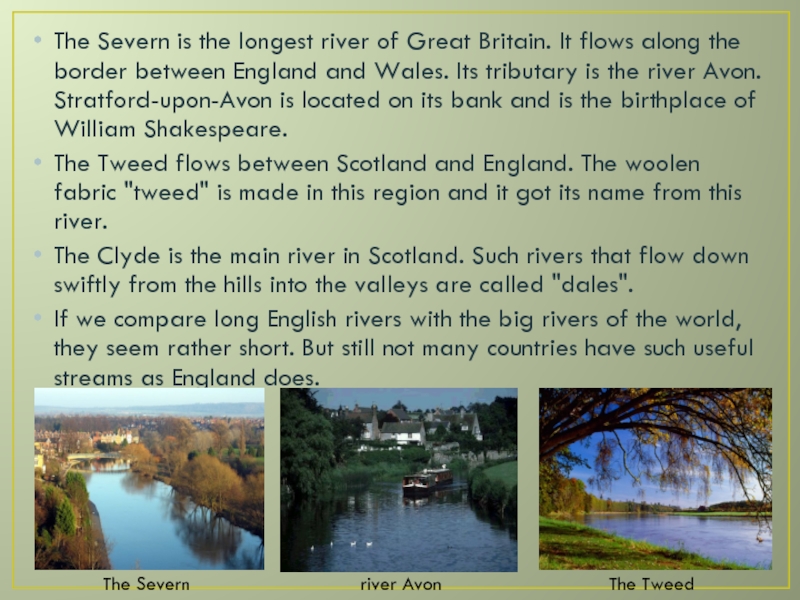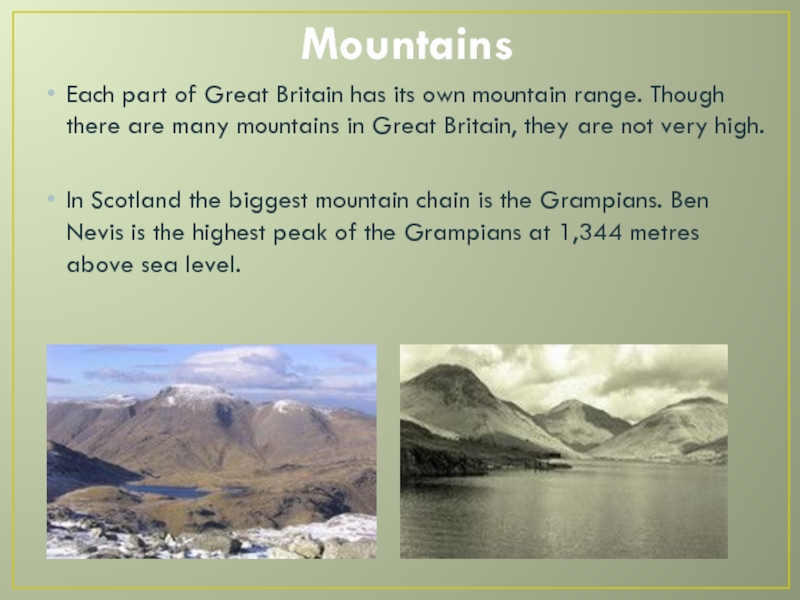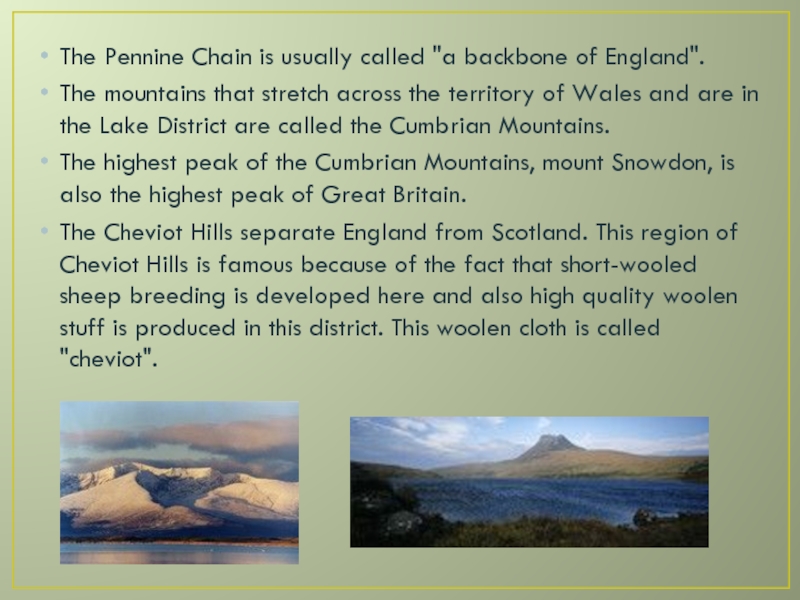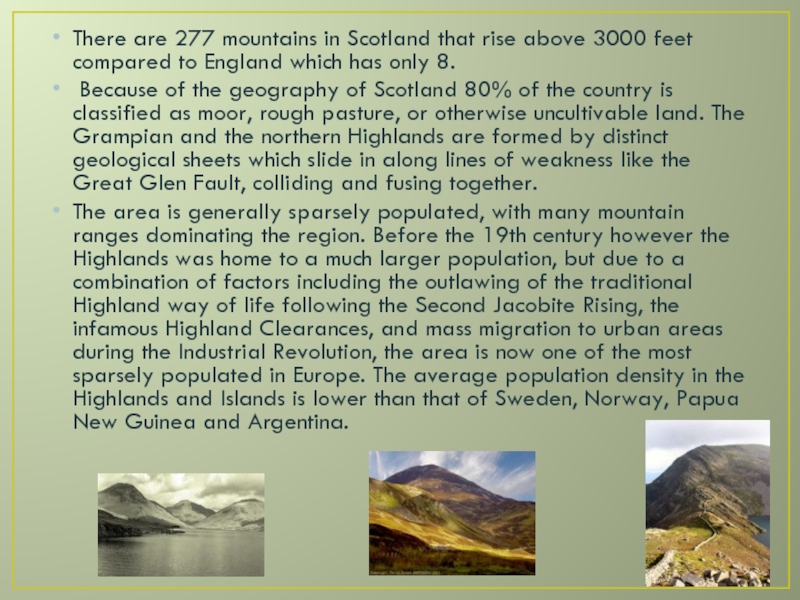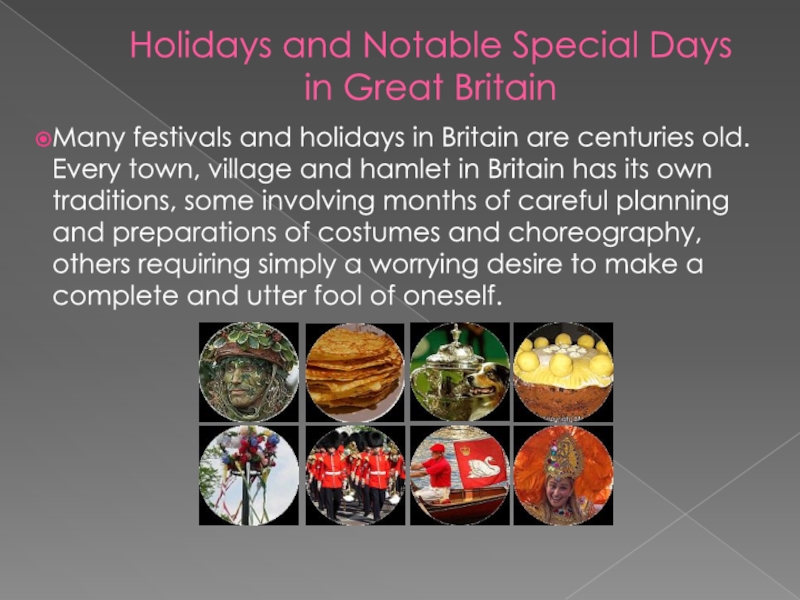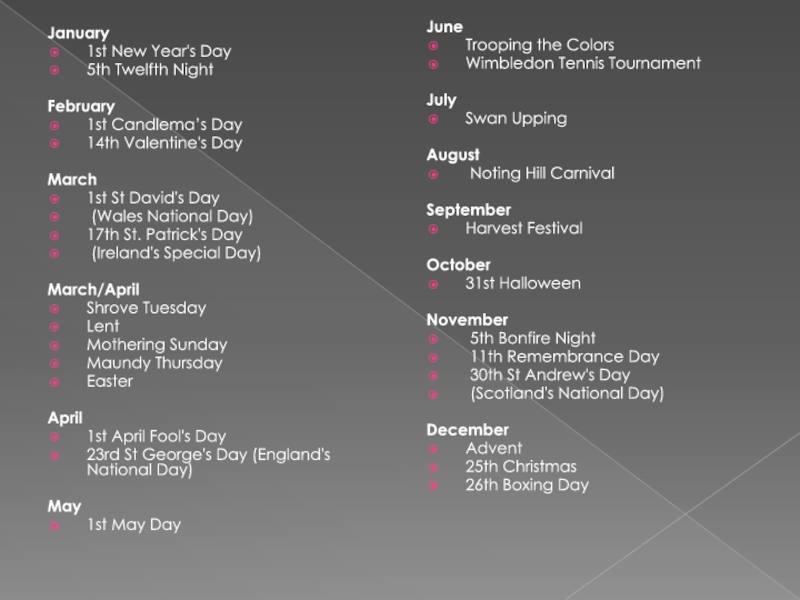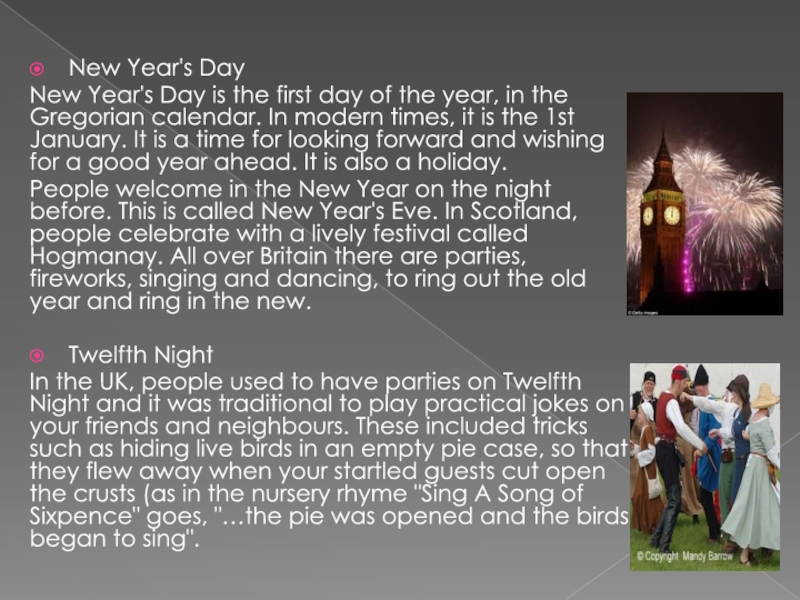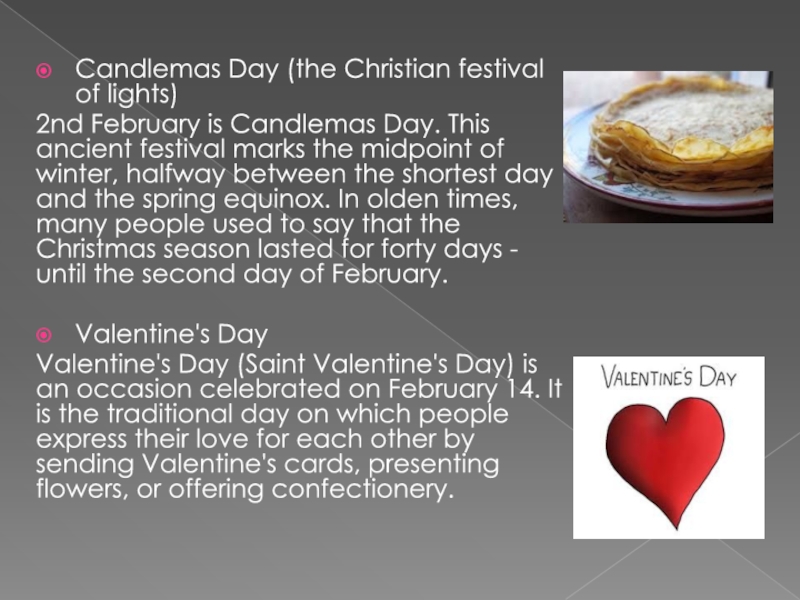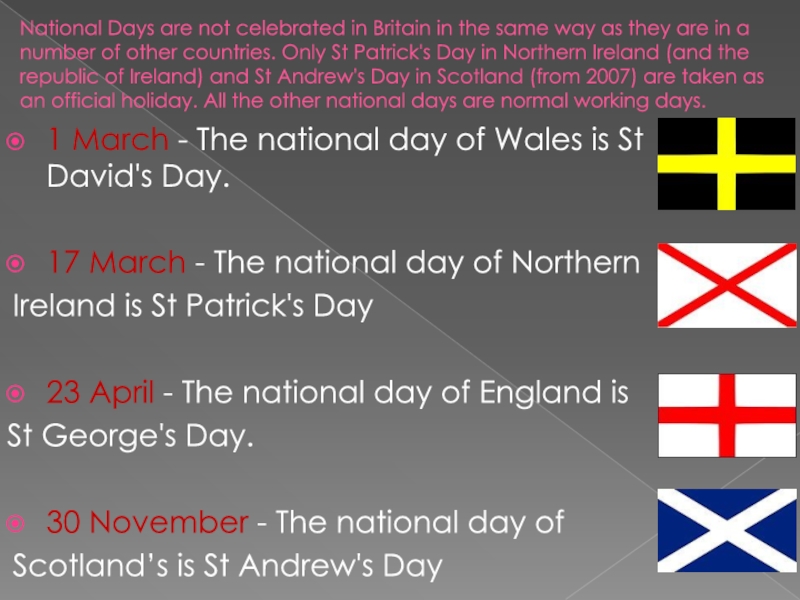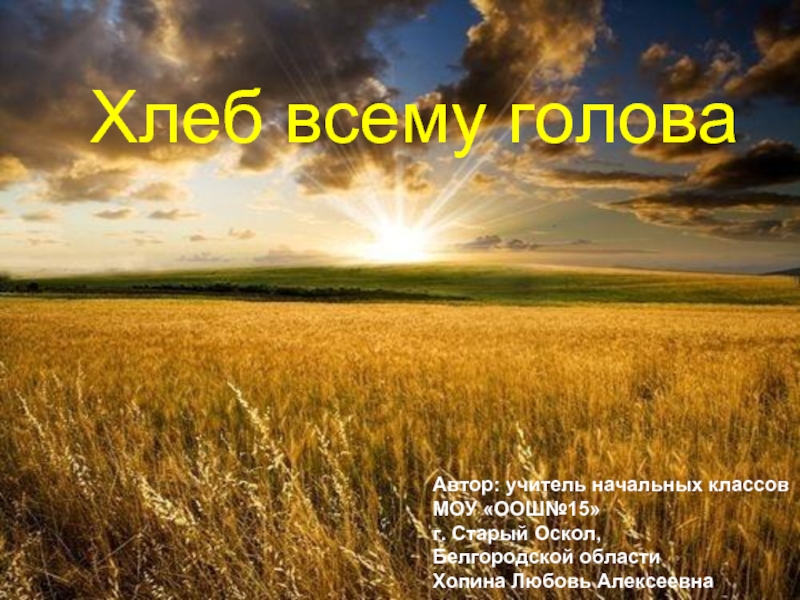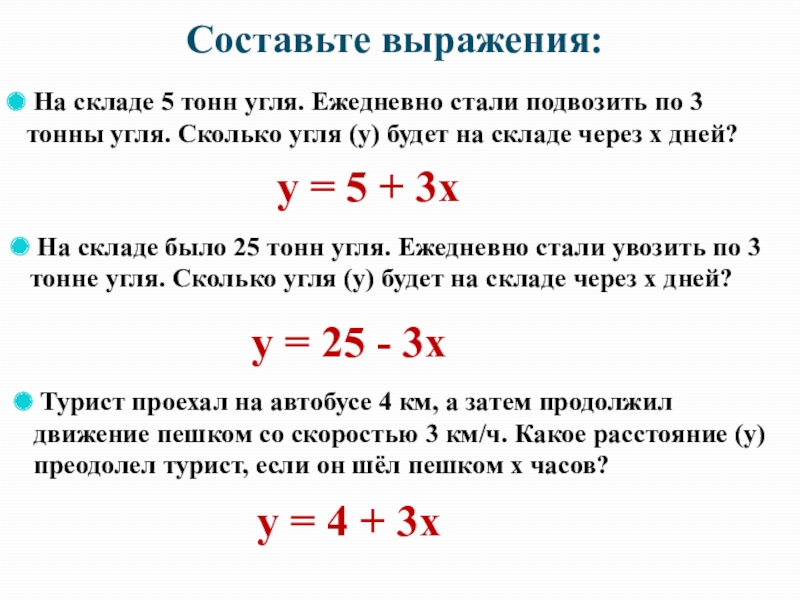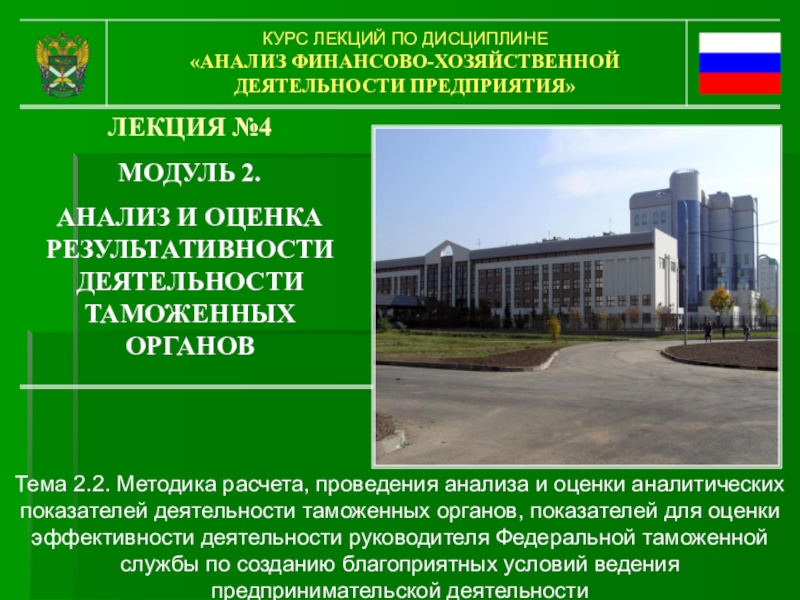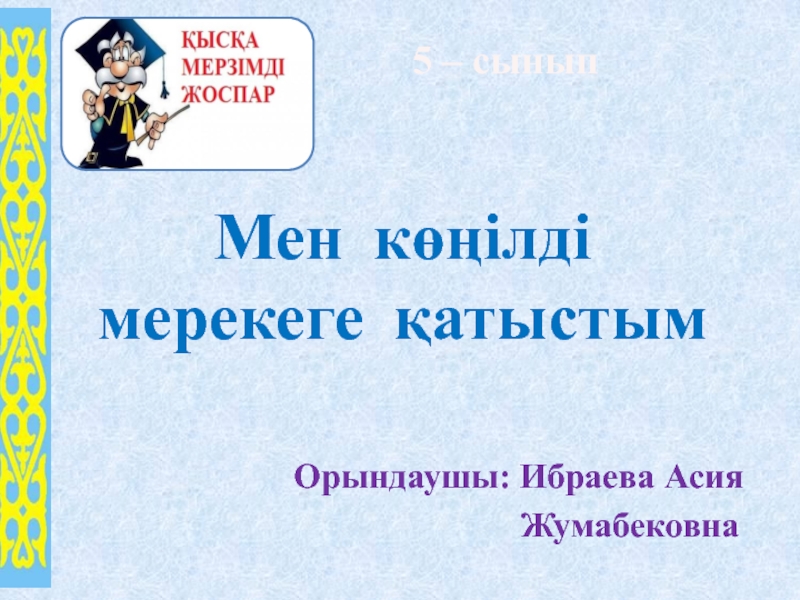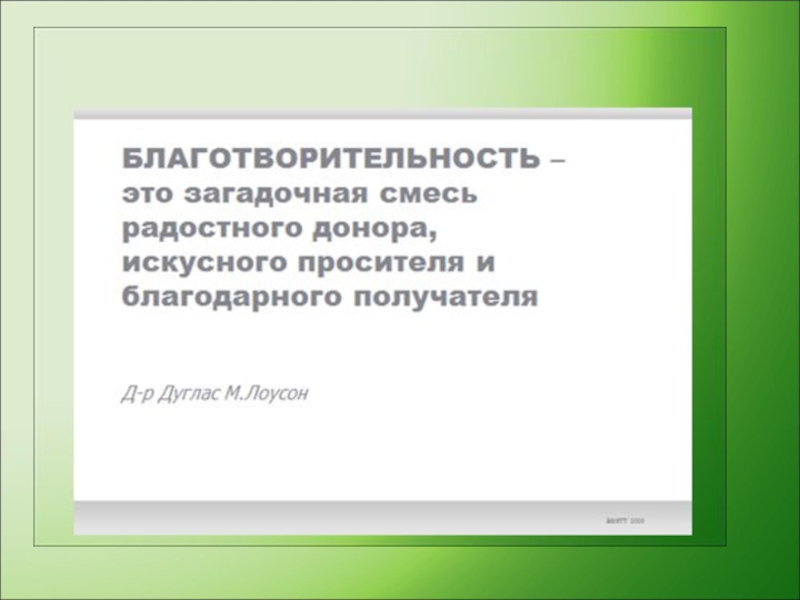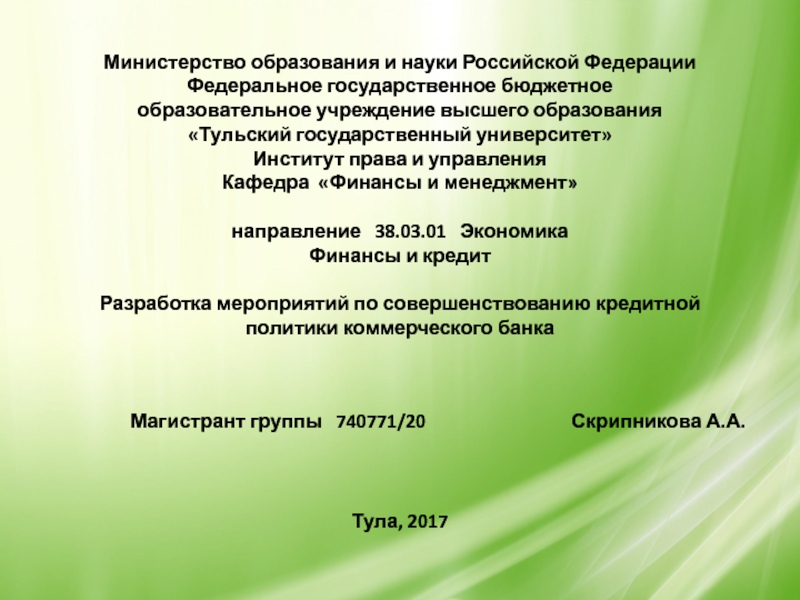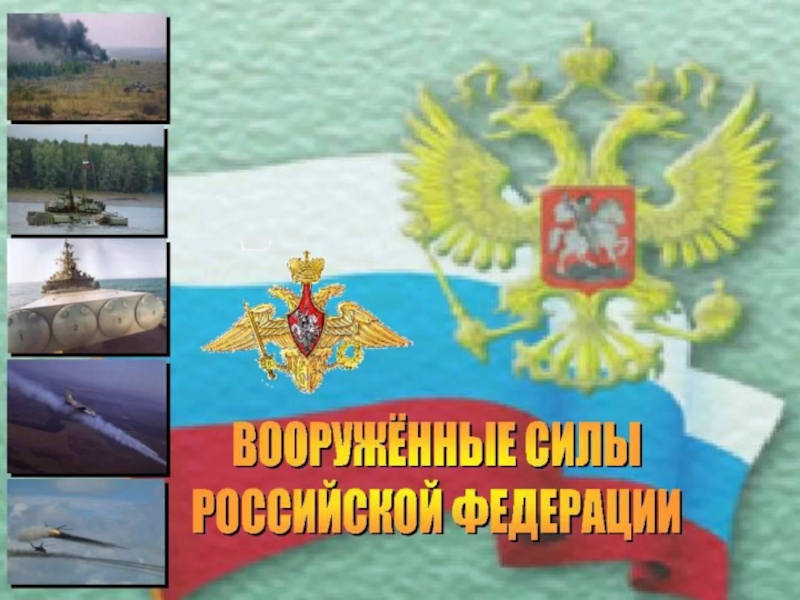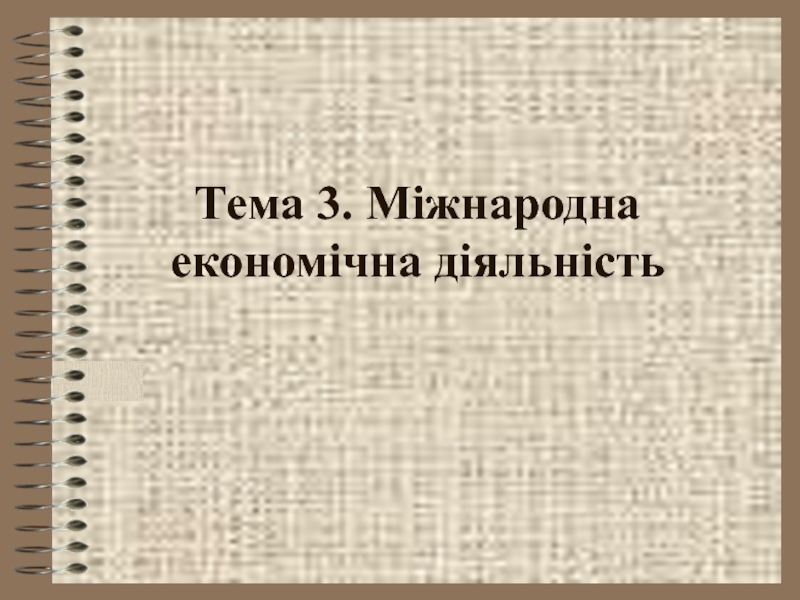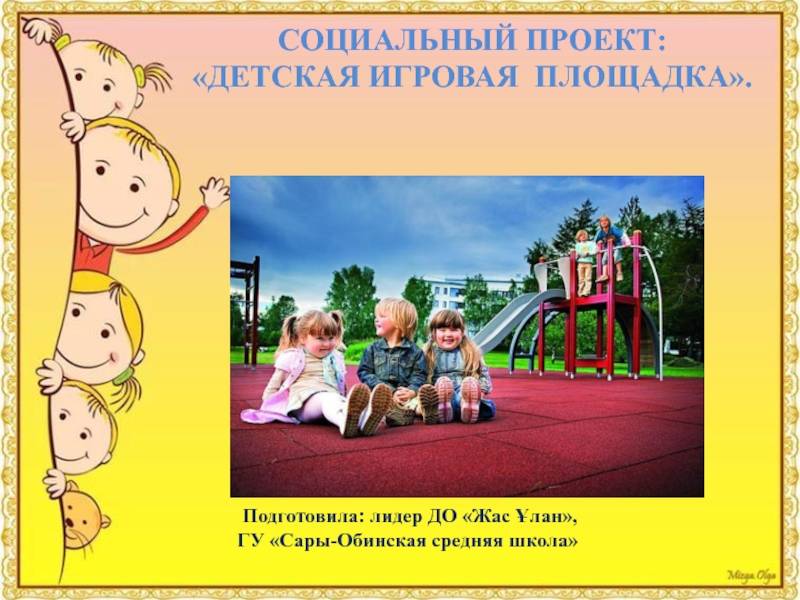Разделы презентаций
- Разное
- Английский язык
- Астрономия
- Алгебра
- Биология
- География
- Геометрия
- Детские презентации
- Информатика
- История
- Литература
- Математика
- Медицина
- Менеджмент
- Музыка
- МХК
- Немецкий язык
- ОБЖ
- Обществознание
- Окружающий мир
- Педагогика
- Русский язык
- Технология
- Физика
- Философия
- Химия
- Шаблоны, картинки для презентаций
- Экология
- Экономика
- Юриспруденция
Geography of UK
Содержание
- 1. Geography of UK
- 2. Слайд 2
- 3. Lakes, seas, rivers Great Britain is surrounded
- 4. All the seas around Britain are shallow
- 5. The Thames is the most popular and
- 6. The Severn is the longest river of
- 7. The mouths of the majority of British
- 8. MountainsEach part of Great Britain has its
- 9. The Pennine Chain is usually called "a
- 10. There are 277 mountains in Scotland that
- 11. Holidays and Notable Special Days in
- 12. January1st New Year's Day5th Twelfth NightFebruary1st Candlema’s
- 13. New Year's Day New Year's Day is
- 14. Candlemas Day (the Christian festival of lights)2nd
- 15. 1 March - The national day of
- 16. May DayThe first day of the month
- 17. THANK YOU FOR ATTENTION
- 18. Скачать презентанцию
Слайды и текст этой презентации
Слайд 3Lakes, seas, rivers
Great Britain is surrounded by great body
of water all around. The eastern coast of Great Britain
is washed by the North Sea. The western coast is washed by the Atlantic Ocean. There is the Irish Sea between Ireland and Great Britain. The southern coast is washed by the English Channel or La Manche ("la manche" is a French word which means "a sleeve") and the Strait of Dover or Pas de Calais.Слайд 4All the seas around Britain are shallow and are good
for fishing.
Great Britain has many rivers but they are
not very long. The main rivers and estuaries are the Thames, the Severn, the Clyde, the Tweed and the Humber estuary. Слайд 5The Thames is the most popular and the most important
river. It is suitable for navigation. Large ships can get
up to London Bridge which is 50 miles away from the sea. The river Thames is also famous for many notable cities which are situated on its banks. Among them are London and Oxford.There is one annual event connected with the river Thames — it is called Swan Upping.
Слайд 6The Severn is the longest river of Great Britain. It
flows along the border between England and Wales. Its tributary
is the river Avon. Stratford-upon-Avon is located on its bank and is the birthplace of William Shakespeare.The Tweed flows between Scotland and England. The woolen fabric "tweed" is made in this region and it got its name from this river.
The Clyde is the main river in Scotland. Such rivers that flow down swiftly from the hills into the valleys are called "dales".
If we compare long English rivers with the big rivers of the world, they seem rather short. But still not many countries have such useful streams as England does.
The Severn
river Avon
The Tweed
Слайд 7The mouths of the majority of British rivers form good
harbors. They are joined by canals so that it is
possible to travel by water from one end of Great Britain to another.The UK is known for its beautiful lakes. Most of them are in Scotland and north-west of England. Scottish valleys are filled with lakes.
These lakes are called "lochs".
There are two kinds of lakes
lakes with fresh water like Loch Ness lakes like Norwegian fjords
One of the most favorite British resorts is the Lake District in northern England with its beautiful lakes, valleys and hills. This district is a historical place for English literature, it is connected with the name of William Wordsworth (1770–1850), the founder of the Lake School. This school represented the romantic trend in the English literature at the beginning of the 19th century. The Lake School was actually a group of poets, the majority of whom lived in the Lake District.
Слайд 8Mountains
Each part of Great Britain has its own mountain range.
Though there are many mountains in Great Britain, they are
not very high.In Scotland the biggest mountain chain is the Grampians. Ben Nevis is the highest peak of the Grampians at 1,344 metres above sea level.
Слайд 9The Pennine Chain is usually called "a backbone of England".
The mountains that stretch across the territory of Wales and
are in the Lake District are called the Cumbrian Mountains. The highest peak of the Cumbrian Mountains, mount Snowdon, is also the highest peak of Great Britain.
The Cheviot Hills separate England from Scotland. This region of Cheviot Hills is famous because of the fact that short-wooled sheep breeding is developed here and also high quality woolen stuff is produced in this district. This woolen cloth is called "cheviot".
Слайд 10There are 277 mountains in Scotland that rise above 3000
feet compared to England which has only 8.
Because of
the geography of Scotland 80% of the country is classified as moor, rough pasture, or otherwise uncultivable land. The Grampian and the northern Highlands are formed by distinct geological sheets which slide in along lines of weakness like the Great Glen Fault, colliding and fusing together.The area is generally sparsely populated, with many mountain ranges dominating the region. Before the 19th century however the Highlands was home to a much larger population, but due to a combination of factors including the outlawing of the traditional Highland way of life following the Second Jacobite Rising, the infamous Highland Clearances, and mass migration to urban areas during the Industrial Revolution, the area is now one of the most sparsely populated in Europe. The average population density in the Highlands and Islands is lower than that of Sweden, Norway, Papua New Guinea and Argentina.
Слайд 11Holidays and Notable Special Days
in Great Britain
Many festivals and
holidays in Britain are centuries old. Every town, village and
hamlet in Britain has its own traditions, some involving months of careful planning and preparations of costumes and choreography, others requiring simply a worrying desire to make a complete and utter fool of oneself.Слайд 12January
1st New Year's Day
5th Twelfth Night
February
1st Candlema’s Day
14th Valentine's Day
March
1st St David's Day
(Wales National Day)
17th St. Patrick's
Day (Ireland's Special Day)
March/April
Shrove Tuesday
Lent
Mothering Sunday
Maundy Thursday
Easter
April
1st April Fool's Day
23rd St George's Day (England's National Day)
May
1st May Day
June
Trooping the Colors
Wimbledon Tennis Tournament
July
Swan Upping
August
Noting Hill Carnival
September
Harvest Festival
October
31st Halloween
November
5th Bonfire Night
11th Remembrance Day
30th St Andrew's Day
(Scotland's National Day)
December
Advent
25th Christmas
26th Boxing Day
Слайд 13New Year's Day
New Year's Day is the first day
of the year, in the Gregorian calendar. In modern times,
it is the 1st January. It is a time for looking forward and wishing for a good year ahead. It is also a holiday.People welcome in the New Year on the night before. This is called New Year's Eve. In Scotland, people celebrate with a lively festival called Hogmanay. All over Britain there are parties, fireworks, singing and dancing, to ring out the old year and ring in the new.
Twelfth Night
In the UK, people used to have parties on Twelfth Night and it was traditional to play practical jokes on your friends and neighbours. These included tricks such as hiding live birds in an empty pie case, so that they flew away when your startled guests cut open the crusts (as in the nursery rhyme "Sing A Song of Sixpence" goes, "…the pie was opened and the birds began to sing".
Слайд 14Candlemas Day (the Christian festival of lights)
2nd February is Candlemas
Day. This ancient festival marks the midpoint of winter, halfway
between the shortest day and the spring equinox. In olden times, many people used to say that the Christmas season lasted for forty days - until the second day of February.Valentine's Day
Valentine's Day (Saint Valentine's Day) is an occasion celebrated on February 14. It is the traditional day on which people express their love for each other by sending Valentine's cards, presenting flowers, or offering confectionery.
Слайд 151 March - The national day of Wales is St
David's Day.
17 March - The national day of Northern
Ireland is
St Patrick's Day23 April - The national day of England is
St George's Day.
30 November - The national day of
Scotland’s is St Andrew's Day
National Days are not celebrated in Britain in the same way as they are in a number of other countries. Only St Patrick's Day in Northern Ireland (and the republic of Ireland) and St Andrew's Day in Scotland (from 2007) are taken as an official holiday. All the other national days are normal working days.
Слайд 16May Day
The first day of the month of May is
known as May Day. It is the time of year
when warmer weather begins and flowers and trees start to blossom. It is said to be a time of love and romance. It is when people celebrate the coming of summer with lots of different customs that are expressions of joy and hope after a long winter.Swan Upping
The census of people takes place every ten years. The census of swans takes place annually during July on the River Thames in a ceremony known as Swan Upping. Swans are counted and marked on a 70 mile, five day journey up the River Thames.
The Swan Upping event takes place in July each year, commencing on the third Monday at Sunbury and ending at Abingdon on the Friday.
